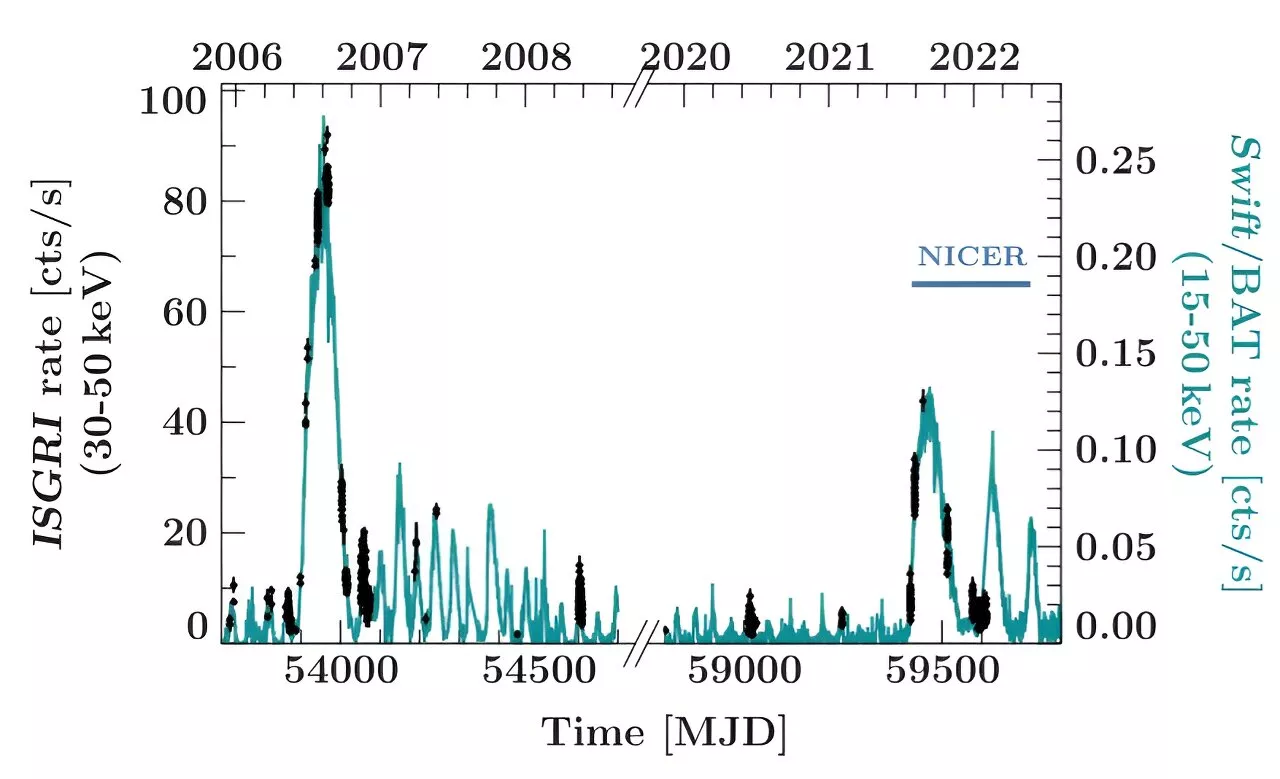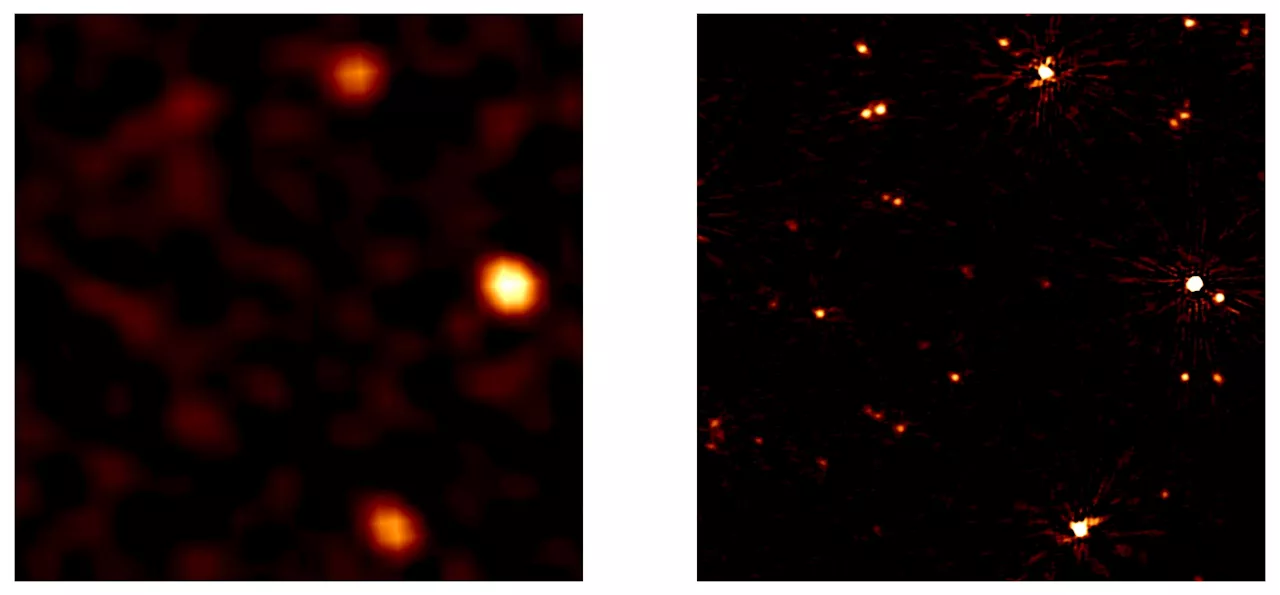Astronomers have captured what appears to be a snapshot of a massive collision of giant asteroids in Beta Pictoris, a neighboring star system known for its early age and tumultuous planet-forming activity.
The observations spotlight the volatile processes that shape star systems like our own, offering a unique glimpse into the primordial stages of planetary formation.
Chen's team spotted significant changes in the energy signatures emitted by dust grains around Beta Pictoris by comparing new data from the James Webb Space Telescope with observations by the Spitzer Space Telescope from 2004 and 2005. With Webb's detailed measurements, the team tracked the dust particles' composition and size in the exact area previously analyzed by Spitzer.
The new data suggests dust that was dispersed outward by radiation from the system's central star is no longer detectable, Chen said. Initially, dust near the star heated up and emitted thermal radiation that Spitzer's instruments identified. Now, dust that cooled off as it moved far away from the star no longer emits those thermal features.
At only 20 million years -- compared to our 4.5-billion-year-old solar system -- Beta Pictoris is at a key age where giant planets have formed but terrestrial planets might still be developing. It has at least two known gas giants, Beta Pic b and c, which also influence the surrounding dust and debris.
"Most discoveries by JWST come from things the telescope has detected directly," said co-author Cicero Lu, a former Johns Hopkins doctoral student in astrophysics."In this case, the story is a little different because our results come from what JWST did not see."
Astronomy NASA Extrasolar Planets Stars Space Exploration Solar System Space Station
United States Latest News, United States Headlines
Similar News:You can also read news stories similar to this one that we have collected from other news sources.
 Astronomers help find most distant galaxy using James Webb Space TelescopeAn international team of astronomers today announced the discovery of the two earliest and most distant galaxies ever seen, dating back to only 300 million years after the Big Bang. These results, using NASA's James Webb Space Telescope (JWST), mark a major milestone in the study of the early universe.
Astronomers help find most distant galaxy using James Webb Space TelescopeAn international team of astronomers today announced the discovery of the two earliest and most distant galaxies ever seen, dating back to only 300 million years after the Big Bang. These results, using NASA's James Webb Space Telescope (JWST), mark a major milestone in the study of the early universe.
Read more »
 Webb Telescope reveals asteroid collision in neighboring star systemAstronomers have captured what appears to be a snapshot of a massive collision of giant asteroids in Beta Pictoris, a neighboring star system known for its early age and tumultuous planet-forming activity.
Webb Telescope reveals asteroid collision in neighboring star systemAstronomers have captured what appears to be a snapshot of a massive collision of giant asteroids in Beta Pictoris, a neighboring star system known for its early age and tumultuous planet-forming activity.
Read more »
 Astronomers observe giant outburst of a distant X-ray binaryUsing the Neutron Star Interior Composition Explorer (NICER) onboard the International Space Station, astronomers have observed a distant X-ray binary known as EXO 2030+375. The observational campaign allowed them to explore a giant outburst that occurred in this system.
Astronomers observe giant outburst of a distant X-ray binaryUsing the Neutron Star Interior Composition Explorer (NICER) onboard the International Space Station, astronomers have observed a distant X-ray binary known as EXO 2030+375. The observational campaign allowed them to explore a giant outburst that occurred in this system.
Read more »
 Astronomers Spot First Conjoined Moon Orbiting an AsteroidNASA’s Lucy mission provides pictures of the Solar System’s celestial building blocks.
Astronomers Spot First Conjoined Moon Orbiting an AsteroidNASA’s Lucy mission provides pictures of the Solar System’s celestial building blocks.
Read more »
 Astronomers Have a New Way to Bypass Earth's AtmosphereSpace and astronomy news
Astronomers Have a New Way to Bypass Earth's AtmosphereSpace and astronomy news
Read more »
 Astronomers investigate giant molecular clouds in the galaxy NGC 613Using the Atacama Large Millimeter/sub-millimeter Array (ALMA), an international team of astronomers has performed high-resolution observations of a nearby galaxy known as NGC 613.
Astronomers investigate giant molecular clouds in the galaxy NGC 613Using the Atacama Large Millimeter/sub-millimeter Array (ALMA), an international team of astronomers has performed high-resolution observations of a nearby galaxy known as NGC 613.
Read more »
